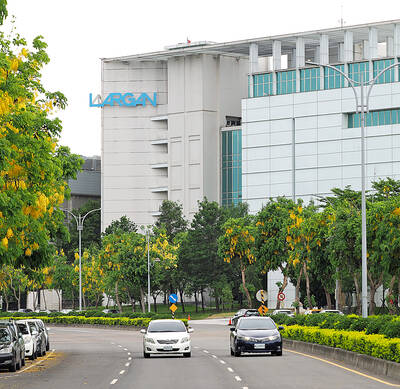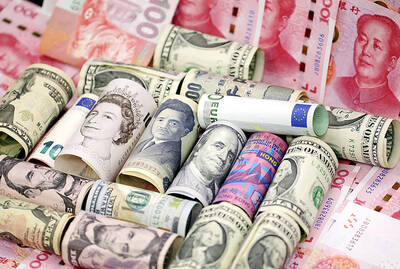The US Department of the Treasury has determined that Vietnam’s currency was undervalued last year by about 4.7 percent against the US dollar due in part to government intervention, according to a new valuation assessment sent to the US Department of Commerce.
In the assessment conducted for an anti-subsidy investigation by the commerce department into light vehicle tire imports from Vietnam, the Treasury said the undervaluation was influenced by Vietnamese “government action on the exchange rate.”
The assessment is the first issued by the Treasury under a new US rule that allows the commerce department to consider currency undervaluation as a form of subsidy when determining anti-subsidy duties, potentially increasing them.
The department in June began probing dumping and unfair subsidy claims against tire imports from Taiwan, Vietnam, South Korea and Thailand. The probe was initially sought by United Steelworkers, which represents workers at many US tire plants.
Treasury’s determination that the Vietnamese dong is undervalued could increase the chances that it designates Hanoi a “currency manipulator” when it issues its long-delayed semi-annual currency report. Such a designation would require US Secretary of the Treasury Steven Mnuchin to seek bilateral consultations with Vietnam to try to correct the situation.
However, the two determinations use different methodologies and rely on different US statutes.
It would be possible for a currency to be determined as undervalued for the commerce department’s purposes, but still not meet the Treasury’s tests for manipulation under 1988 and 2015 foreign exchange laws, said Mark Sobel, a former Treasury and IMF official who is now US chairman for the Official Monetary and Financial Institutions Forum think tank.
In its assessment letter to the commerce department, the Treasury said Vietnam made US$22 billion state foreign exchange purchases last year, including through the State Bank of Vietnam, which pushed down Vietnam’s real effective exchange rate by 3.5 percent to 4.8 percent.
It said Hanoi’s action caused the dong exchange rate, which was a nominal 23,224 per US dollar last year, to be about 1,090 dong lower than levels consistent with equilibrium real exchange rates.

Handset camera lens maker Largan Precision Co (大立光) on Sunday reported a 6.71 percent year-on-year decline in revenue for the third quarter, despite revenue last month hitting the highest level in 11 months. Third-quarter revenue was NT$17.68 billion (US$581.2 million), compared with NT$18.95 billion a year earlier, the company said in a statement. The figure was in line with Yuanta Securities Investment Consulting Co’s (元大投顧) forecast of NT$17.9 billion, but missed the market consensus estimate of NT$18.97 billion. The third-quarter revenue was a 51.44 percent increase from NT$11.67 billion in the second quarter, as the quarter is usually the peak

Taiwan’s foreign exchange reserves hit a record high at the end of last month, surpassing the US$600 billion mark for the first time, the central bank said yesterday. Last month, the country’s foreign exchange reserves rose US$5.51 billion from a month earlier to reach US$602.94 billion due to an increase in returns from the central bank’s portfolio management, the movement of other foreign currencies in the portfolio against the US dollar and the bank’s efforts to smooth the volatility of the New Taiwan dollar. Department of Foreign Exchange Director-General Eugene Tsai (蔡炯民)said a rate cut cycle launched by the US Federal Reserve

The US government on Wednesday sanctioned more than two dozen companies in China, Turkey and the United Arab Emirates, including offshoots of a US chip firm, accusing the businesses of providing illicit support to Iran’s military or proxies. The US Department of Commerce included two subsidiaries of US-based chip distributor Arrow Electronics Inc (艾睿電子) on its so-called entity list published on the federal register for facilitating purchases by Iran’s proxies of US tech. Arrow spokesman John Hourigan said that the subsidiaries have been operating in full compliance with US export control regulations and his company is discussing with the US Bureau of

Pegatron Corp (和碩), a key assembler of Apple Inc’s iPhones, on Thursday reported a 12.3 percent year-on-year decline in revenue for last quarter to NT$257.86 billion (US$8.44 billion), but it expects revenue to improve in the second half on traditional holiday demand. The fourth quarter is usually the peak season for its communications products, a company official said on condition of anonymity. As Apple released its new iPhone 17 series early last month, sales in the communications segment rose sequentially last month, the official said. Shipments to Apple have been stable and in line with earlier expectations, they said. Pegatron shipped 2.4 million notebook